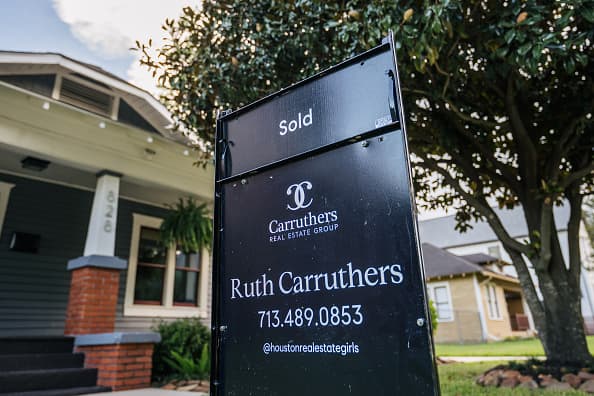Sales of previously owned homes in November rose 1.9% from October to 6.46 million units, according to the National Association of Realtors’ seasonally adjusted count. Sales were 2.0% lower than November 2020.
These sales reflect home closings, so contracts that were likely signed in September and October.
Regionally, month-to-month, sales in the Northeast were unchanged. In the Midwest, they rose 0.7% and in the South they rose 2.9%. In the West, sales increased 2.3%.
Sales likely increased due to a strengthening job market and concerns among potential buyers that mortgage rates will be significantly higher next year, according to the NAR’s chief economist Lawrence Yun.
There were 1.11 million homes for sale at the end of November, down 13% year over year. At the current sales pace that represents a 2.1-month supply.
“New listings are coming on the market, but they are being snatched up quickly,” said Yun, who added that he expects to see a further decline in inventory in December.
That tight supply continued to put upward pressure on home prices. The median price of an existing home sold in November was $353,900. That is a 13.9% gain from November of 2020. Price gains are slowing from earlier annual gains of about 20%.
Sales were stronger in the more expensive categories, with homes priced between $750,000 and $1 million rising 37% year over year and those priced above $1 million rising 50%. Comparatively, homes priced between $100,000 and $250,000 fell 19%. Supply is leanest on the lower end of the market.
The market is also moving very quickly, with the average days a home stays on the market just 18 days.
The share of sales to first-time buyers was just 26%, down from 32% in November of 2020. The share of sales to investors was 15%, up from 14% the year before.
Mortgage rates did not help buyers much either. While rates are still low historically, the average rate on the popular 30-year fixed mortgage started September at 2.92% and ended October at 3.22%, according to Mortgage News Daily. That took away significant purchasing power, especially for entry-level or first-time buyers.
“The prospect of higher interest rates in 2022 is accelerating the decision for buyers in an otherwise slower season,” said George Ratiu, senior economist at Realtor.com. “However, the low number of homes for sale remains the principal challenge, stumping both existing homeowners looking for their next house and first-time buyers seeking a place to call their own.”
